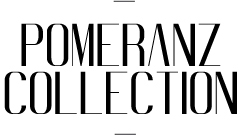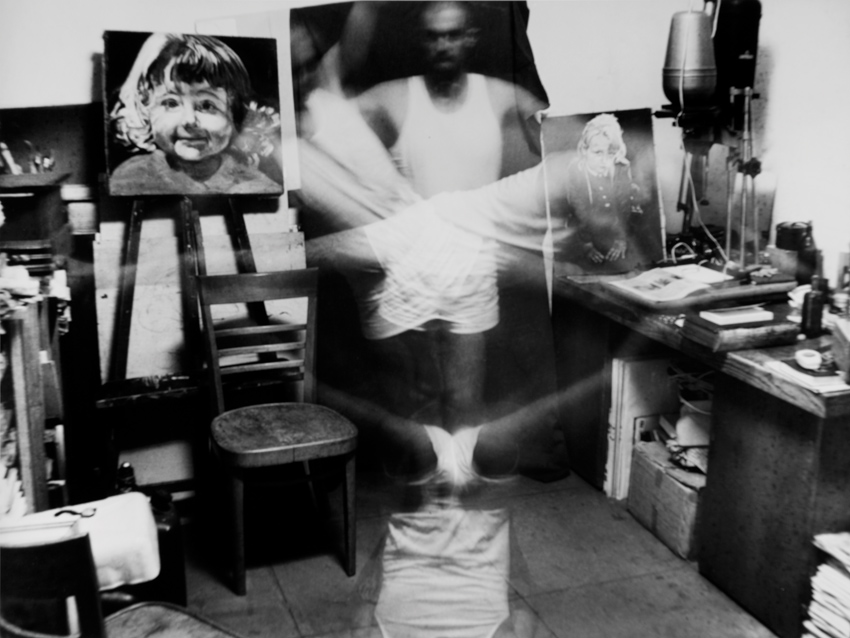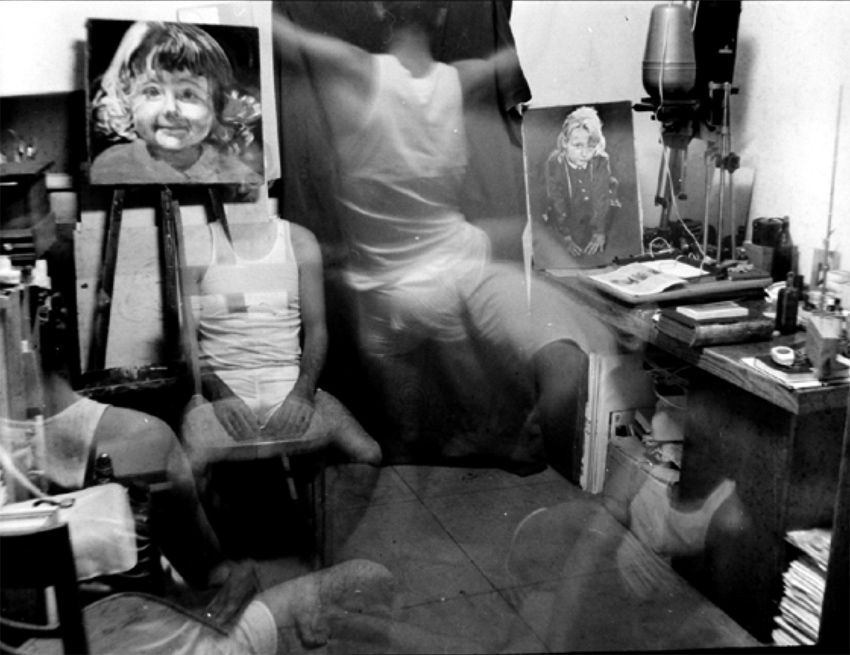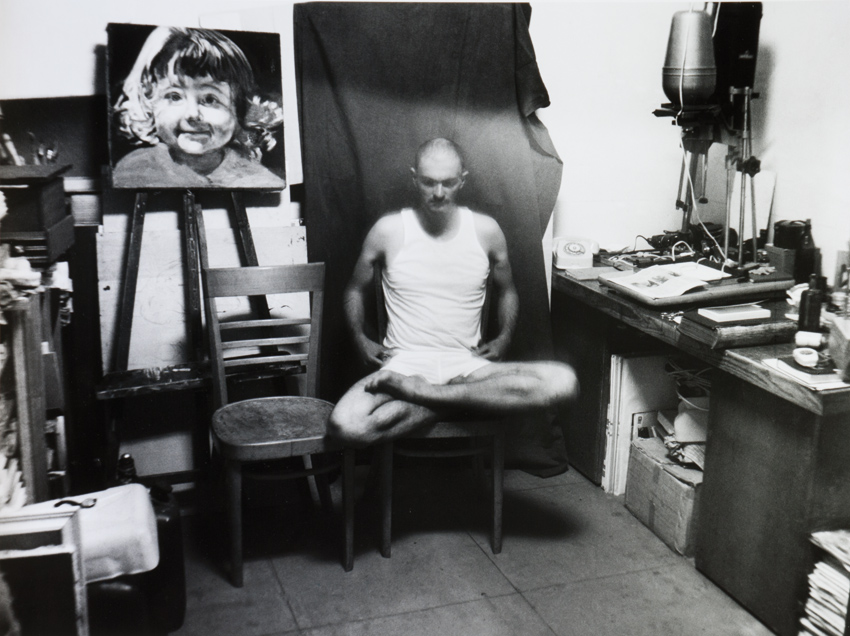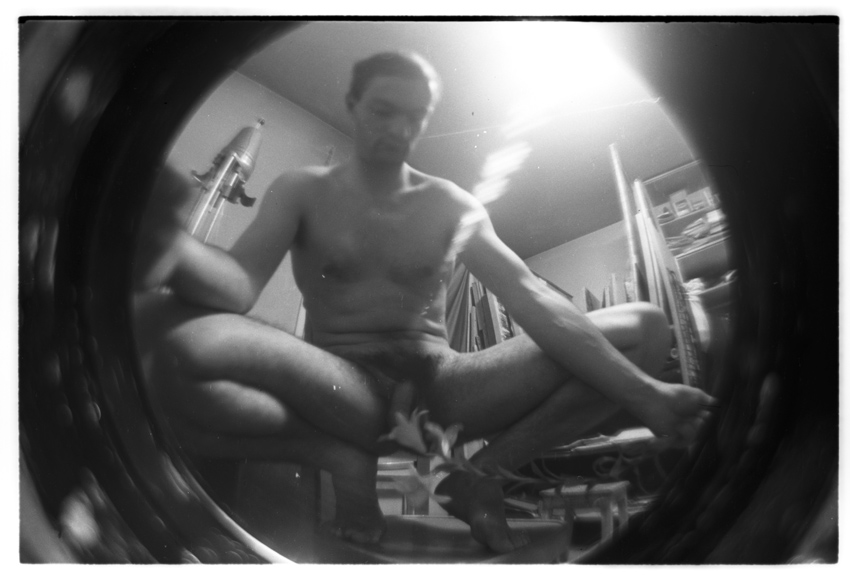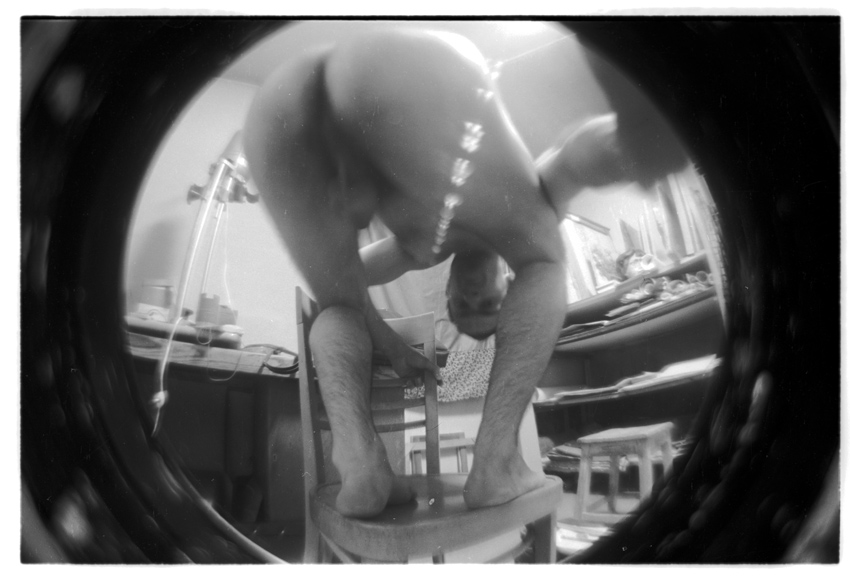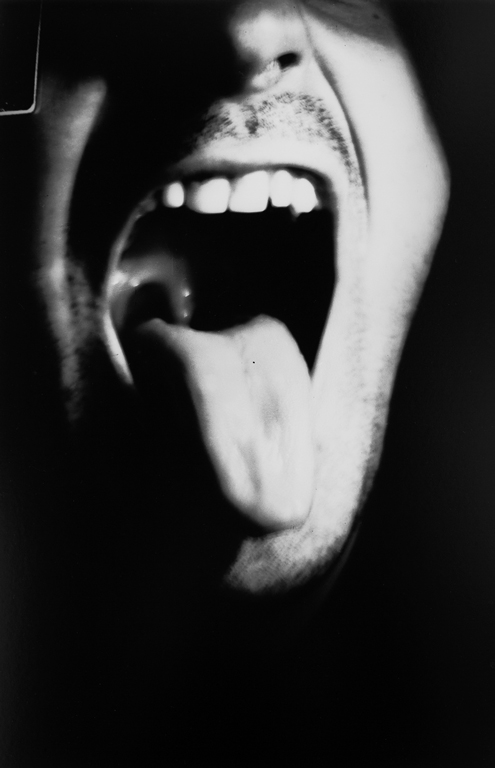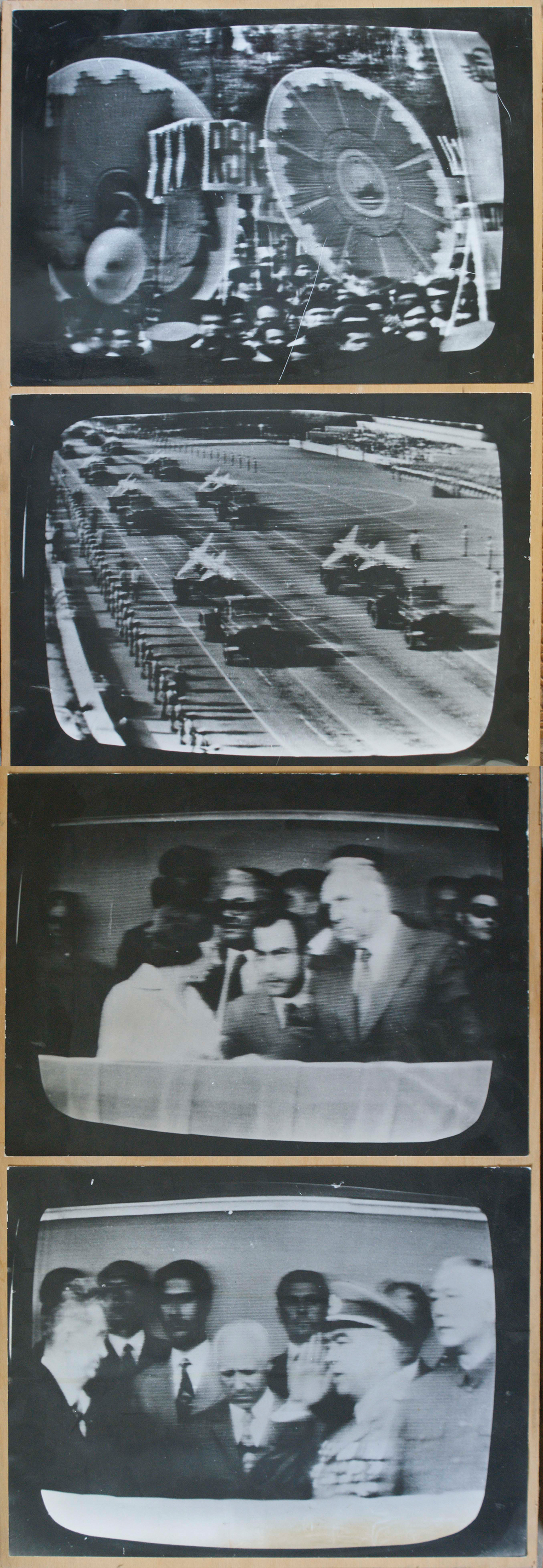ION GRIGORESCU
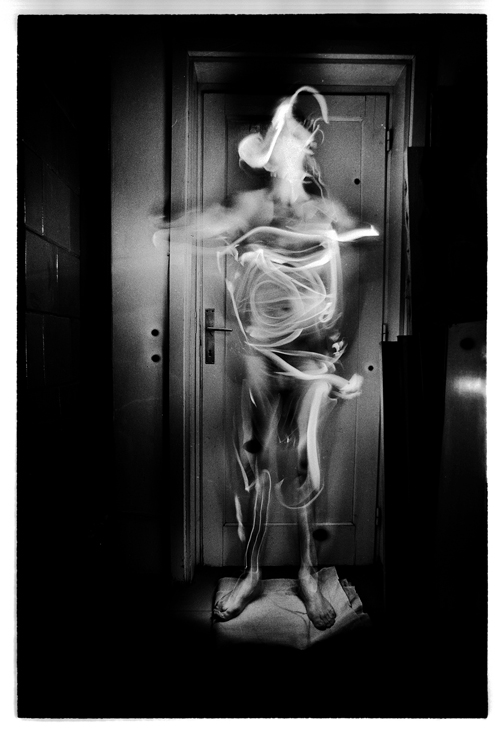


1979
102 x 66 cm
Edition 2/5 (+2 A.P.)
Inv. Nr. 86
Born in 1945 in Bucharest, Romania
Lives and works in Bucharest, Romania
Ion Grigorescu started his work in the early seventies in the oppressive context of Ceauşescu’s regime. A large part of his work focuses mainly on the body and politics, including photographs, photo-collages, 8mm films and performances, which remained unknown and unseen at that time. His work gained a wider recognition in the nineties, after the fall of the dictatorship. Since then, Grigorescu has taken part in prestigious international exhibitions. The different artworks presented in the collection were born in this peculiar context, in the intimacy of the studio. In his apartment, the artist staged performances that concentrated on ritualized or provocative actions around his body.
Washing with Light shows a shadowy figure in which the body of the artist is both present and invisible. Long time exposure preserved the performative nature of his action, which refers to the daily living conditions at that time, and particularly the constant electricity and water shortages. The ghostly figure of the artist also appears in the triptych Autosuperposition. Superimposed yoga postures made possible through photographic process show his body levitating and symbolically rising above harsh reality. A crude vision of the body can also be experienced in the diptych Our Home, in which the artist exhibits his genitals while he urinates and defecates almost onto the photographic lens. This controversial action, echoing Viennese Actionism, stands for a primeval act of protestation, as in Birth of Romanian Language, in which the artist sticks out his tongue. Here, the criticism lies in the title, which is literally translated into a gesture that equally evokes a grimace and a scream.
His apartment, which also became his workplace, is another recurring pattern explored by Grigorescu. The series Around my apartment gathers photographs of his living place taken during his years of confinement. The fish-eye view evokes surveillance strategies and reinforces the sensation of imprisonment. In The Workshop, he makes his studio three-dimensional by cutting the photographic paper and adding some metallic elements. When Grigorescu casts a glance at the events of his country, it is always with the distance implied by confinement. In his work August 23rd, he thus documented the thirtieth commemorative celebration of August 23rd, 1944, when Romania joined the Allies, by photographing the television broadcast from his home.
